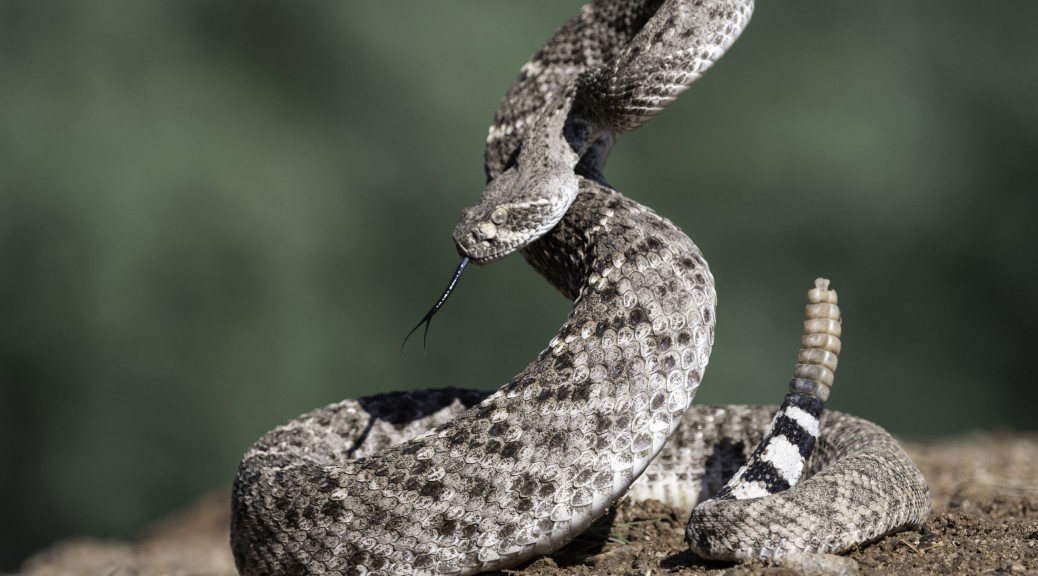They’re one of the most misunderstood creatures in the animal kingdom, and for good reason, too, as a close encounter with one could lead to a fatal bite.
Because they can easily adapt to many different areas, rattlesnakes occupy diverse habitats across the Americas. Particularly if you live in the Los Angeles area, an encounter with one is almost inevitable. That’s why you need to arm yourself with knowledge on rattlesnake facts.
What Do Rattlesnakes Look Like?
One of the most interesting aspects of rattlesnakes is how they look. While there are more than 30 recognized rattlesnake species known, they all have some common physical features. Of course, the main one is the distinctive rattle at the end of their tails.
Other characteristic features include a triangular-shaped head and a diamond pattern on their skins. Color-wise, they come in many different shades, from dark brown to gray and everything in between.
Fun rattlesnake fact—a segment is added to the rattle every time a rattlesnake sheds its skin.
What Do Rattlesnakes Eat?
A rattlesnake’s diet primarily consists of small prey such as mice, rats, squirrels, and rabbits. They can also eat birds if they manage to catch them.
Fun rattlesnake fact—rattlesnakes eat, on average, once every two weeks. The exact amount of time depends on the size of the last meal.
What Does the Rattle Noise Mean?
Contrary to popular belief, rattlesnakes are not aggressive. They’re one of the few snake species that gives a warning before they attack. That’s the meaning of the rattling noise they make. It’s a warning sign that you’re getting too close for comfort.
Important rattlesnake fact—not all rattlesnakes rattle before they strike.
Rattlesnake Venom Facts
Even among rattlesnakes of the same species, the composition of venom is variable. However, one thing is certain—they’re one of the most venomous snakes in the United States. However, the primary use of venom is not to kill humans. Rattlesnakes inject venom into their prey to paralyze them. The venom is a cocktail of hemotoxins that break down capillary vessels and neurotoxins that attack the nervous system.
Fun rattlesnake facts—rattlesnake bites are not fatal if treated promptly.
What Should You Do if You See a Rattlesnake?
Your reaction upon encountering a rattlesnake determines the outcome of your meeting.
Out in Nature
If you see a rattlesnake in nature, your best course of action would be to avoid getting too close. Don’t poke it or throw stones at it. While most rattlers are docile and would rather avoid conflict, they will attack if threatened. So, your best course of action when you bump into one is to turn away and take a detour.
On Your Property
Sometimes you may encounter a rattlesnake on your property. Never try to remove it yourself. You’re better off getting professional help. Whenever you need a specialist for snake removal, Animal Capture Wildlife Control is there for you. We can safely and humanely rid your home or business of rattlesnakes. Call us at 310-551-0901 for help with rattlers on any other type of snake on your property.
